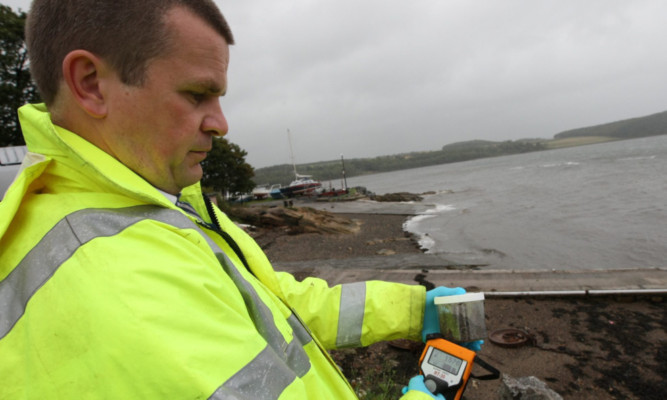A rise in two forms of cancer found in Dalgety Bay is not down to radiation found on the beach.
Last year a preliminary report from the Committee on Medical Aspects of Radiation in the Environment highlighted 10 local cases of liver cancer between 2000 and 2009, when four would have been expected.
It also pointed out there have been 27 cases of lymphoma, when estimates would suggest that should be neared 16.
NHS Fife’s consultant in public health medicine, Dr Jackie Hyland, yesterday moved to allay fears the radiation, which first came to light over 20 years ago, was causing a surge in these cancers.
“We were asked to look at these cases. Over that time, 10 years, there had been 10 instances of liver cancer. We looked to see what might have caused that,” she told Fife Council’s south-west Fife area committee.
However, they were related to common causes of this form of cancer, which are not linked to radiation.
“It is an unusually high number, but it is related to lifestyle.”
As a result local GPs and medical practitioners had been asked to look at patients’ lifestyle choices.
It is widely believed the radiation found on the beach comes from debris left behind by Second World War aircraft at nearby Donibristle.
Dr Hyland pointed out anecdotes that workers using luminous paint to coat aircraft dials would lick their brushes to give them a finer edge.
She said this would be expected to result in bone cancers “in and about the skull”. Historically, there was no increase in that form of cancer.
She said it was still important to protect people from radiation and visitors to the beach should follow advice and take routine precautions, from staying away from the cordoned off area to washing their hands.
